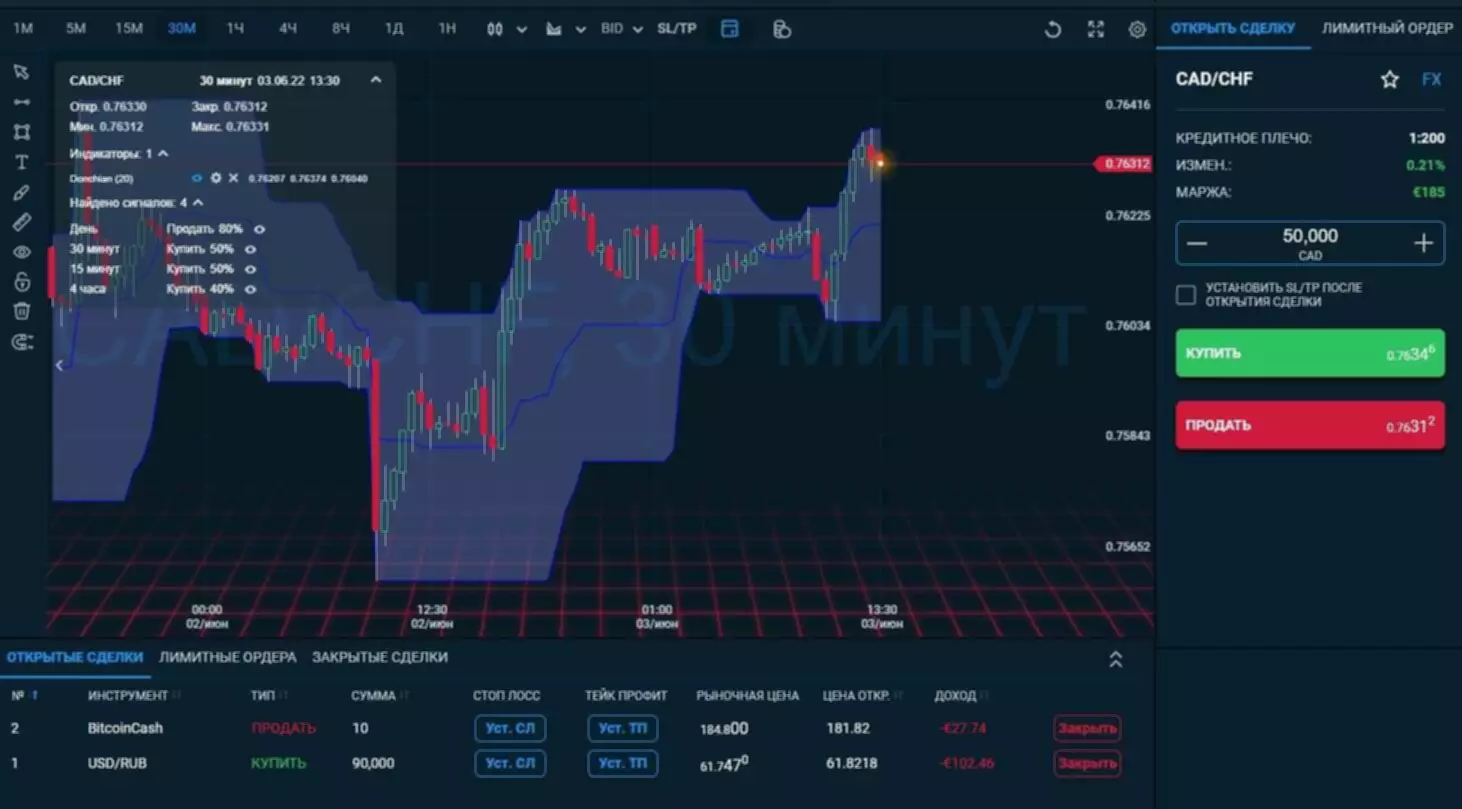Содержание
Technical analysis gains popularity among those who believe the financial statements may not all information about a company. On the other hand, they feel that the price resembles all the relevant information. Such investors may also claim that the data in the financial statements contain past data that may not be reflective of future performance. Due to its ability to “time the market,” technical analysis is commonly used for trading purpose.

It is used by buy and hold investors and value investors, among others. Fundamental analysis is used to calculate the true intrinsic value of a share and to find opportunities where that share value differs from its current market price. In order to do this, fundamental analysis looks at economic factors, known as fundamentals. These fundamentals are mainly found in the company’s financial reports, as well as reports about various macro-economic indicators and variables. Fundamental analysis is based on the assumption that there is a time delay in the affecting of share prices by these fundamentals.
What Is Fundamental Analysis?
Using fundamental analysis can lead to a diverse portfolio that is risk averse and high performing. For example, with travel currently restricted, the demand for oil has fallen. This is the sort of situation quantitative and qualitative fundamental analysis can assist with. There are a variety of fundamental analysis tools and methods in order to attempt to accurately find the underlying value of a stock or other asset.
This tool compares a company’s stock price to its revenue figures, to provide a strong look at the overall company health to gauge asset performance. The two most common strategies to perform fundamental analysis are qualitative and quantitative. Fundamental analysis help to examine the financial data, economic growth, industry trend , and management process, etc.
Qualitative Fundamental Analysis
The most common model for valuing stock is the discounted cash flow model, which uses dividends received by the investor, along with the eventual sales price, the earnings of the company or the company’s cash flows. It also considers the current amount of debt using the debt to equity ratio. Fundamental analysis is used mostly for Long term trading as compared to technical analysis which is used for short term trading. But the charts reflect long term trends too and positional traders take their positions accordingly. On the other hand, technical analysis focuses on the historical price chart, price action, and trend to forecast the future price movement.
Fundamental analysis is nothing like technical analysis which involves reviewing price charts and watching for signals from technical analysis indicators and oscillators. Fundamental analysis utilizes the underlying asset information to predict the future price movement of the very asset . Technical Analysis mainly uses historical price chart to forecast future price of a stock. One main drawback of technical analysis is that it takes a long time to master.
Understanding Fundamental vs. Technical Analysis – Investopedia
Understanding Fundamental vs. Technical Analysis.
Posted: Fri, 23 Feb 2018 14:56:02 GMT [source]
The answer will depend on your objective to participate in the financial markets. If you have decided to invest for the long-term, fundamental analysis should be your primary strategy. On the other hand, should you choose to trade for a living, you need to master technical analysis. While analyzing price movement, forex trade uses two primary types of analysis. The purpose of the technical analysis is trading, and the goal of fundamental analysis is investment.
Quantitative And Qualitative Fundamental Analysis
This guide should not be considered investment advice, and investing in gold CFDs is done at your own risk. Cryptocurrency investors can still read white papers for qualitative analysis, if the crypto project is backed by a foundation, the team and its developers may be taken into consideration. Knowing which markets are volatile, and using breaking news, data, quarterly financial results reporting and more to take positions can lead to substantial profits. In bottom-up analysis, investors first consider the finest details in an asset, then later review the greater economy to understand the bigger picture. Now you know the full meaning behind the fundamental analysis definition, and soon, you will be able to regularly put the powerful tool into practice and turn research into profits.
A leading indicator predicts price movements, while a lagging indicator is a confirmation tool calculated after price movements happen. Fundamental vs technical analysis has been a long-standing debate among investors and traders. It also causes significant difficulty for new participants of financial markets to select between the two.
- It is specified that the past performance of a financial product does not prejudge in any way their future performance.
- Although it is quite possible to use both the analysis methods in combination, yet one of the basic notions of technical analysis is that, as mentioned previously, the market discounts every entity.
- This form of analysis is based on external events and influences, as well as financial statements and industry trends.
- The only tools that are missing, are fundamental analysis tools, and you.
- It is considered an uptrend when it rises above the reference high, and a downtrend when it falls below the reference low.
Quantitative analysis can be used to develop algorithmic trading strategies, optimize portfolios, assess liabilities, manage risk, analyze credit, and much more. Here are the differences between the two types of fundamental analysis. Copyrights and related rights for article metadata waived via CC0 1.0 Universal Public Domain Dedication. Fundamental analysts think the fair value of a stock does not always correspond to the value it has in the market. You are solely responsible for withholding, collecting, reporting, paying, settling and/or remitting any and all taxes to the appropriate tax authorities in such jurisdiction in which You may be liable to pay tax.
Patterns in the market and stock movements from the past will affect the future. PrimeXBT Trading Services LLC is incorporated in St. Vincent and the Grenadines as an operating subsidiary within the PrimeXBT group of companies. PrimeXBT Trading Services LLC is not required to hold any financial services license or authorization in St. Vincent and the Grenadines to offer its products and services.
Robo Advisor Vs Diy Investing
Combining solid fundamental analysis know-how with advanced technical analysis techniques and proper risk management strategies can lead to consistently profitable trades, and minimal losses. Fundamental analysis definition may differ slightly from trader to trader, depending on the strategies they use, and what their investment research goals may be. It also matters greatly on if the investor or trader is considering stocks, cryptocurrency, forex, or another financial asset.

Technical analysis takes into account the past changes in the price of a share and attempts to predict its future price movements and changes. Technical analysis is based on the assumption that patterns in stock price movements repeat themselves and can determine the best times for you to buy and sell. Fundamental analysis calculates future price movements by looking at a business’s economic factors, known as fundamentals. This type of investing assumes that the short-term market is wrong, but that stock price will correct itself in the long run. Profits can be made by purchasing a mispriced security and then waiting for the market to recognize its mistake.
The fundamental elements that affect the value of a share are already taken into account in its market price. We assume that all the information known about the company has already influenced the price of the stock. After you have practiced technical analysis and used it in tandem with fundamental analysis, the next step is finding a suitable trading platform that offers a wide variety of assets, such as PrimeXBT. Putting everything into regular practice ensures no details are ever missed when researching which assets to put your capital behind or add to your portfolio.
Pros And Cons Of Fundamental Analysis
The information in this site does not contain investment advice or an investment recommendation, or an offer of or solicitation for transaction in any financial instrument. IG accepts no responsibility for any use that may be made of these comments and for any consequences https://xcritical.com/ that result. IG International Limited is licensed to conduct investment business and digital asset business by the Bermuda Monetary Authority. Please ensure you understand how this product works and whether you can afford to take the high risk of losing money.

Fundamental analysis is used to identify the intrinsic value of a stock based on financial, economical, and political etc. data. Due to the drawbacks of fundamental analysis, technical analysis flourishes. The technological advancement in recent decades has also made technical analysis available to wider audiences. Stockstotrade.com needs to review the security of your connection before proceeding. A company’s performance is often compared to previous years or other companies in the same sector.
It is not surprising as these are the only two active-management strategies that are available. It took me 15 years of investing and trading in various financial markets to confirm the effectiveness of fundamental and technical analysis. As preparation of the financial statement is one of the core arguments in the debate, having spent more than ten years in the accounting industry does help. It allows me to differentiate between the facts and myths about the financial figures on the financial statements that move the asset prices. Technical analysis is used to predict the future market price of a share using statistics on the past performance of that share.
Examples Of Fundamental Analysis
Other factors such as digital scarcity, or the value being transacted across the network also can apply to fundamental analysis on cryptocurrencies. Cryptocurrencies are difficult to perform fundamental analysis on, due to their speculative nature and lack of a use-case or in many cases, companies backing them. Anyone who wants to make money knows they must first spend time researching what they are investing in, or which assets they choose to trade. Qualitative analysis requires critical thinking and listing to your instincts. In Technical Analysis, decisions are based on market trend and price action patterns.
Trading Vs Investing :
In short both fundamental and technical analysis used to predict future price movement. Long term investors uses fundamental analysis to know the intrinsic value of a company while short term traders uses historical price trend and data to know the best entry and exit level. So if you are long term investor for 5, 10, or 20 years then go with fundamental analysis but if you are speculator or short to medium term traders then go with technical analysis only. Fundamental analysts also use technical analysis to make right entry for long term investment. Technical analyses look only at charts, as it believes that all of a company’s fundamentals are reflected in the stock price.
Technical analysis allows the investor to identify investments whose patterns match patterns that were previously seen, and will result in the price of investment moving in the required direction when followed. Technical analysis is nothing at all like fundamental analysis, however, both come together to provide investors and traders with the full suite of analysis required to be as profitable as possible. And because there are few things more important than one’s money, these tools are especially critical. As fundamental analysis takes a much longer-term view of the market, the results of the findings are not suitable for quick decisions. Traders looking to create a methodology for entering and exiting trades in the short-term might be better suited to technical analysis.
What Are The Advantages And Disadvantages Of Using Technical Analysis?
IG International Limited is part of the IG Group and its ultimate parent company is IG Group Holdings Plc. IG International Limited receives services from other members of the IG Group including IG Markets Limited. In Fundamental Analysis, decisions are based on well evaluated statistics and available information. The platform provides a stable, reliable experience with 99.9% uptime and instant order execution, in addition to bank grade security, address whitelisting, two-factor authentication and more. Coronavirus arrived and caused a major selloff and the economy is facing a recession.
But in the short term, stocks are not always driven by rational reasons. There are countless examples of stocks that move in price without being related to a change in the company, but for speculative drivers. In addition to trends, there are other indicators, such as resistance , support , or sideways trends . There are also hundreds of chart patterns that indicate historically repeating trends. It is a kind of record of human reactions to movements in share prices. The below guide is designed to educate new traders on the building blocks of fundamental analysis as well as provide more detailed instruction and insight for more advanced, professional traders.
Things can change quickly, and stop losses placed at key levels may have prevented life-changing losses. The production and consumption of whatever commodities are being analyzed weigh heavily on the inherent value of the asset.
Most traders wish to mix the information supplied by these two kinds of analysis in order to generate accurate trading signals. Others focus on one aspect of analysis and discard the other type from the computations, and yet it can be said that either of the approaches can be valid with respect to the circumstances. In essence, there are traders who have been acquiring reputation as well as wealth by trading effectively based on fundamental analysis. These include price-to-earnings, earnings per share, or return on equity to perform basic quantitative analysis. Qualitative analysis could include reviewing a company’s board of directors, or examining the company’s individual product line. At this point in the guide, you can surely see the value of fundamental analysis and why it matters to investors and traders.
Technical analysis uses a security’s past price movements to predict its future price movements. It focuses on the market prices themselves, rather than other factors that might affect them. It ignores the “value” of the stock and instead considers trends and patterns created by investors’ emotional responses to price movements. Simply put, technical analysts perform their investments The Differences Between Fundamental and Technical Analysis or trades based solely on the volume and price actions of securities. By using charts and several other tools, they trade on momentum, irrespective of the fundamentals. Although it is quite possible to use both the analysis methods in combination, yet one of the basic notions of technical analysis is that, as mentioned previously, the market discounts every entity.


